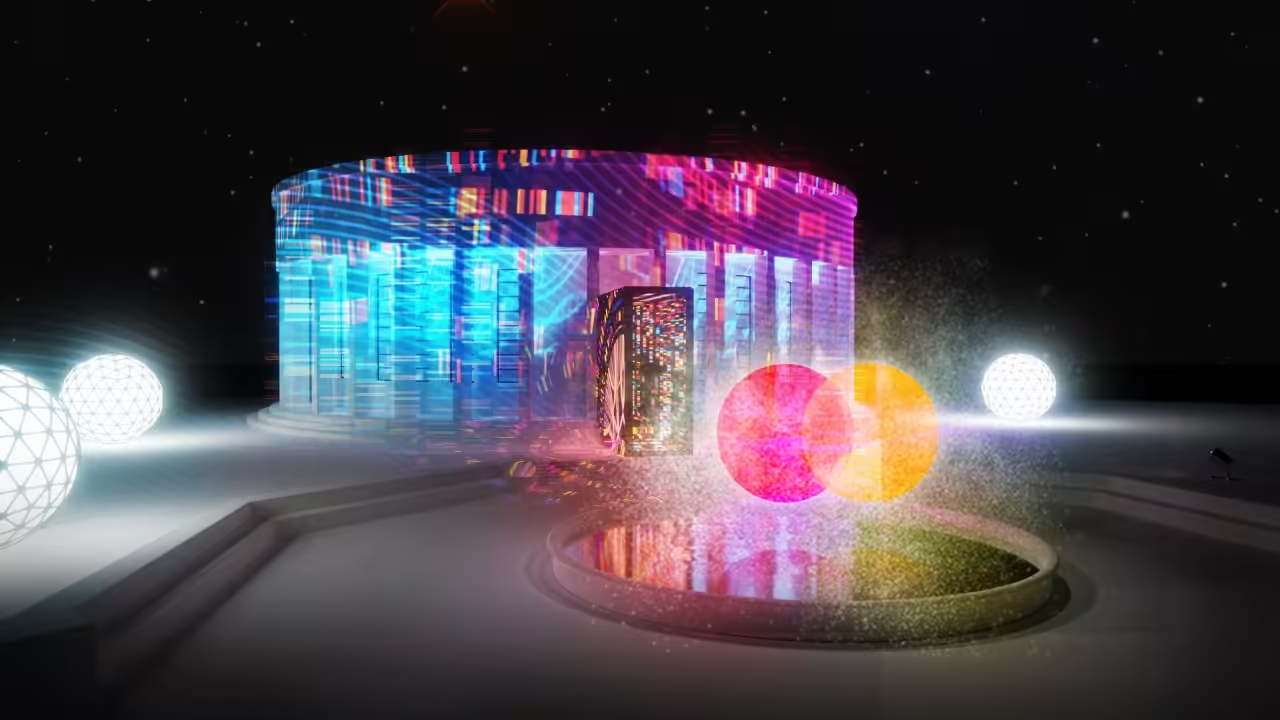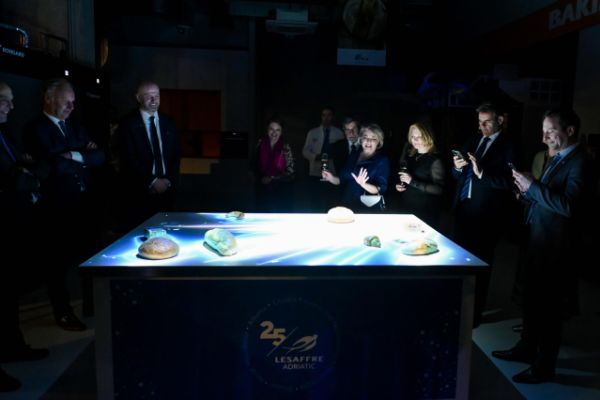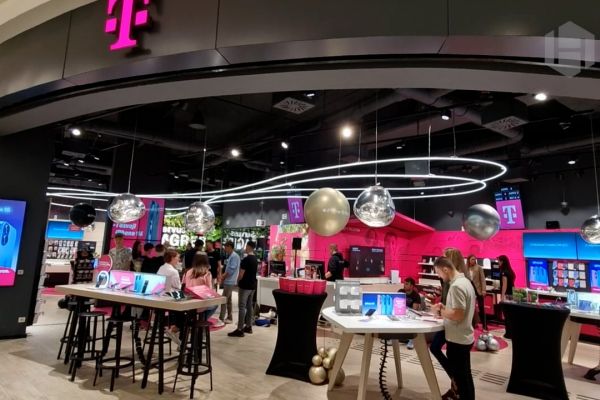Projection mapping is a captivating technique that transforms ordinary surfaces or objects into unforgettable 3D experiences. Whether it's buildings, walls, architectural installations, sports fields, cars, or even people, projection mapping has gained large popularity over the last decade for its stunning visual effects at events and in advertising.
Projection mapping turns static surfaces into interactive, 3D displays or distort them to influence viewers' perception. By projecting complex 3D structures, objects, and animations onto various surfaces, projection mapping creates a 'wow' effect that entertains and captivates viewers.
How does Projection mapping work?
Quality projection mapping requires the right equipment and software support. In theory, the concept is straightforward: a projector beams video animation onto a surface. However, in practice, it's a bit more complicated. To achieve the desired effect, the projection must be tailored to the dimensions, color, texture, and other characteristics of the surface. This ensures sharp, clear images that create the illusion of 3D dimensions and movement without the need for special glasses.
Sound is a crucial element of projection mapping, enhancing the overall experience. It can stimulate additional senses like smell, vibrations, or mist, creating a more immersive environment. For instance, scents can be released using hidden sprays or 'fragrance cards' activated when specific shapes appear in the projection.
Short History
Originally known as "Spatial augmented reality," projection mapping gained popularity in the early 21st century as a unique form of entertainment and promotion. However, its roots can be traced back to 1969 at Disneyland, where the "Grim Grinning Ghost" ride featured early projection mapping techniques.
Types of Projection Mapping
Planar projection mapping: The most basic form, projecting images onto flat, two-dimensional surfaces like building facades or walls.Spherical projection mapping: Covers 360 ° projections in all directions, often inside or outside a spherical object.Panoramic projection mapping: Similar to spherical mapping but with visible upper and lower edges, creating a horizontal viewing perspective.Vying projection mapping: Real-time manipulation of images using software filters, often seen at concerts and music festivals.Interactive projection mapping: Allows viewers to interact with projected content, such as leaving light traces or changing videos in real-time.
Applications of Projection Mapping
Projection mapping has diverse applications, from projecting on building facades to sports fields, cars, and even human bodies. It's used for commercials, historical-cultural displays, festive decorations, and increasingly in marketing to create immersive landscapes and captivating visual experiences.
If you're looking to incorporate Projection Mapping into your next event, get in touch with us!










